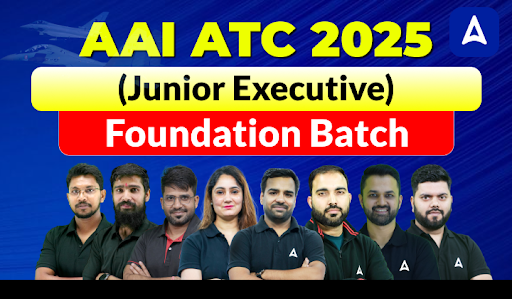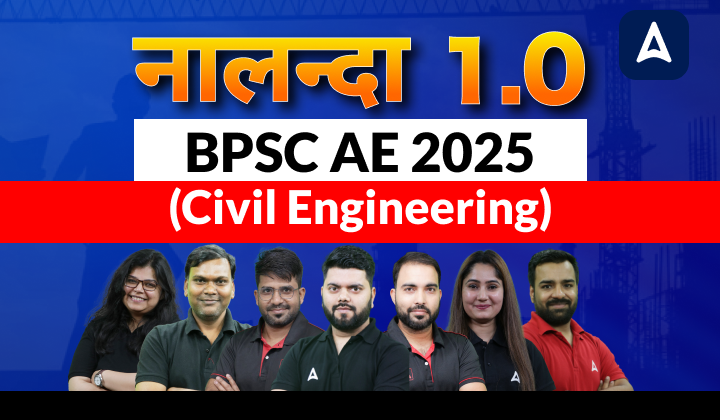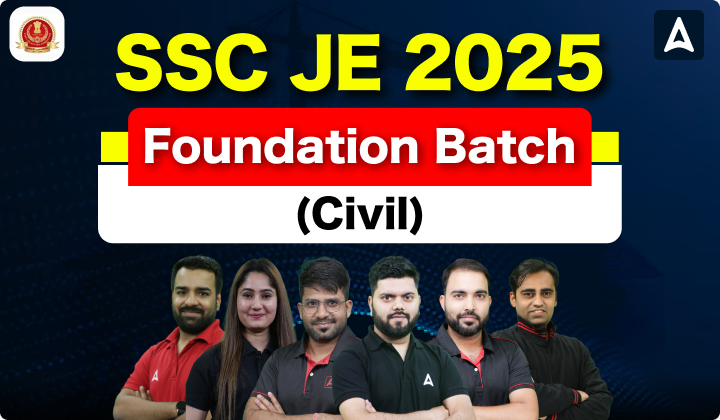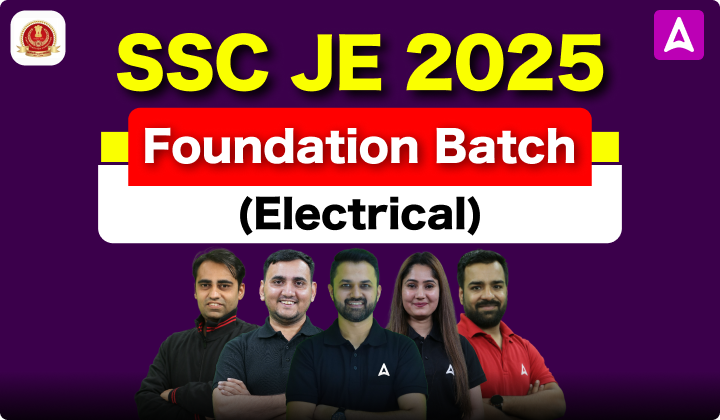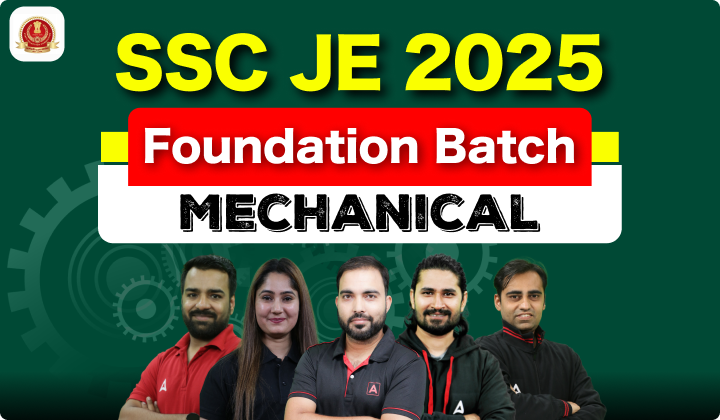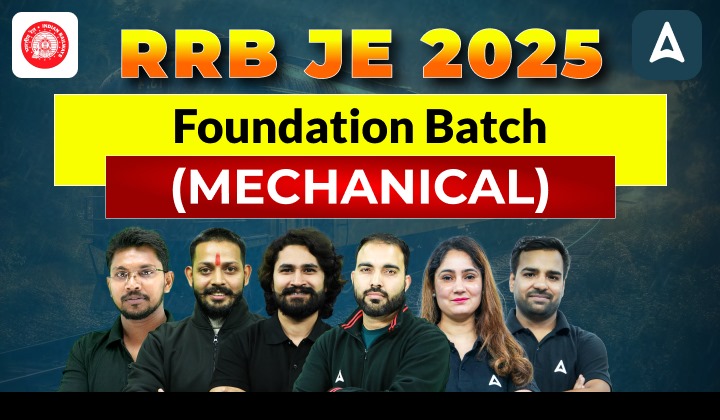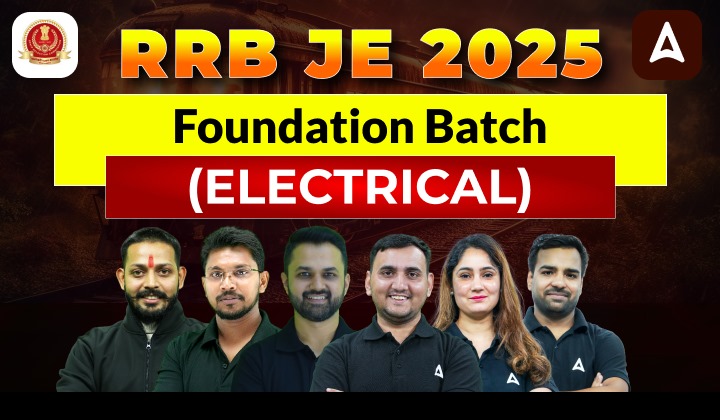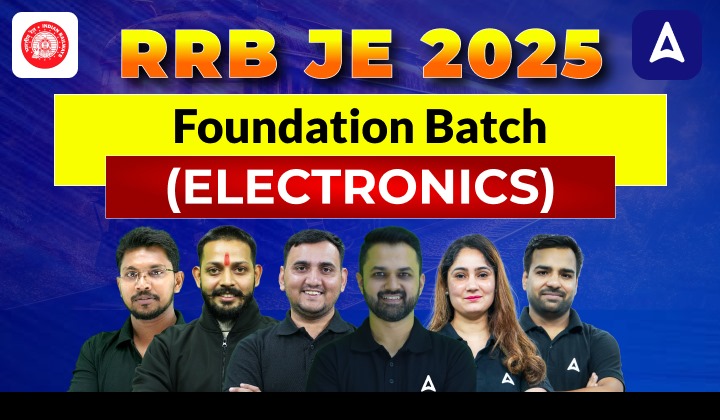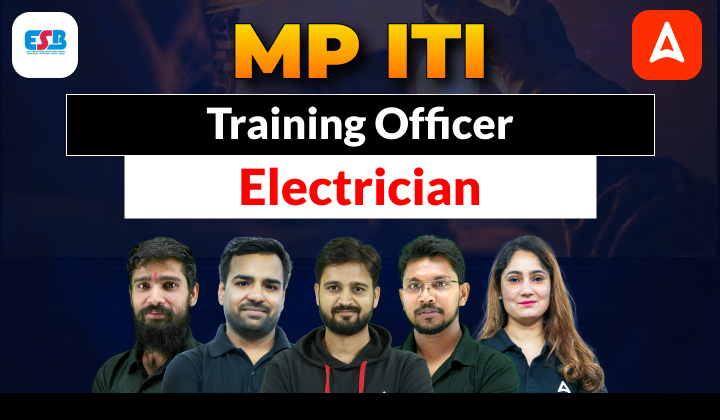Table of Contents
Sikkim Public Service Commission is going to conduct the written examination for the recruitment of Assistant Engineers for 30 Vacancies. Candidates who want to crack the SPSC AE Exam should be completely aware of the SPSC AE Syllabus and Exam Pattern. In the recently released notification of SPSC AE, SPSC is offering a great opportunity for aspiring engineers who want to get selected as AE in the state. This article details the SPSC AE Syllabus 2025.
SPSC AE Syllabus 2025
Understanding the crucial details of the syllabus is important for candidates. Understanding the syllabus will help the candidate in charting out the plan for effective SPSC AE Preparation. Follow this article to get all information about the SPSC AE Syllabus 2025.
SPSC AE Syllabus – Overview
A short description of the SPSC AE Syllabus is given in the below overview table. Candidates can find the relevant details of the SPSC AE Syllabus here-
| SPSC AE Syllabus 2025 | |
| Name of Organization | Sikkim Public Service Commission |
| Name of Post | Assistant Engineer |
| Subject | Electrical Engineering |
| SPSC AE Syllabus and Exam Pattern | Available Here |
| Selection Process | Written Examination and Interview |
SPSC AE Exam Pattern 2025
SPSC AE Written Examination will consist of two sections. In the first section, General Knowledge and General English will be asked which will consist of a total of 100 Marks. In the second section, only the Electrical Engineering paper which will consist of 300 Marks will be asked. The detailed Exam Pattern of SPSC AE 2025 is given below-
| Paper | Subject | Full Marks | Time Allowed |
| Paper -1 and 2 | General Knowledge and General English | 100 | 1 hour |
| Paper -3 | Electrical Engineering | 300 | 3 hour |
| Paper -4 | Electrical Engineering | 300 | 3 hour |
SPSC AE Syllabus 2025
The detailed syllabus of each subject asked in SPSC AE should be known to all candidates. The entire details of the SPSC AE Syllabus 2025 are given below.
- GENERAL ENGLISH
i) Comprehension
ii) Composition and Grammar - PAPER –II GENERAL KNOWLEDGE
i) Current events of Local, National & International importance.
ii) National-level Schemes & Projects undertaken by the Government of India.
Syllabus of Electrical Engineering for SPSC AE 2025
The detailed syllabus of Electrical Engineering of SPSC AE 2025 is given below. Candidates can take it as a reference.
- EM Theory-Electric and magnetic fields. Gauss’s Law and Amperes Law. Fields in dielectrics, conductors, and magnetic materials. Maxwell’s equations. Time-varying fields. Plane-wave propagating in dielectric and conducting media. Transmission lines.
- Electrical Materials-Band Theory, Conductors, Semi-conductors and Insulators. Super-conductivity. Insulators for electrical and electronic applications. Magnetic materials. Ferro and ferri magnetism.Ceramics, Properties, and Applications. Hall effect and its applications. Special semiconductors.
- Electrical Circuits-Circuits Elements. Kirchoff’s Laws. Mesh and nodal analysis. Network Theorems and Applications. Natural response and forced response. Transient response and steady state response for arbitrary inputs. Properties of networks in terms of poles and zeros. Transfer function. Resonant circuits. Three-phase circuits. Two-port networks. Elements of two-element network synthesis.
- Measurement and Instrumentation-Units and Standards. Error analysis, measurement of current, Voltage, power, and power factor energy. Indicating instruments. Measurement of resistance, inductance, and capacitance frequency. Bridge measurements. Electronic measuring instruments. Digital Voltmeter and frequency counter. Transducers and their applications to the measurement of non-electrical quantities like temperature, pressure, flow-rate displacement, acceleration, noise level, etc. Data acquisition systems. A/D and D/A converters.
- Control Systems- Mathematical modeling of physical systems. Block diagrams and signal flow graphs and their reduction. Time domain and frequency domain analysis of linear dynamical system.Errors for different types of inputs and stability criteria for feedback systems. Stability analysis using Routh-Hurwitz array, Nyquist plot, and Bode plot. Root locus and Nicols chart and the estimation of gain and phase margin. Basic concepts of compensator design. State variable matrix and its use in system modeling and design. Sampled data system and performance of such a system with the samples in the error channel. Stability of sampled data system. Elements of non-linear control analysis. Control system components, electromechanical, hydraulic, and pneumatic components.
- Electrical Machines and Power Transformers-Magnetic Circuits – Analysis and design of Power transformers. Construction and testing.Equivalent circuits. Losses and efficiency. Regulation. Auto-transformer, 3-phase transformer. Parallel operation.Basic concepts in rotating machines. EMF, torque, and basic machine types. Construction and operation, leakage losses, and efficiency. B.C. Machines. Construction, Excitation methods. Circuit models. Armature reaction and commutation. Characteristics and performance analysis. Generators and motors. Starting and speed control. Testing, Losses, and efficiency.Synchronous Machines. Construction. Circuit model. Operating characteristics and performance analysis. Synchronous reactance. Efficiency. Voltage regulation. Salient-pole machine, Parallel operation. Hunting. Short circuit transients.Induction Machines. Construction. Principle of operation. Rotating fields. Characteristics and performance analysis. Determination of circuit model. Circle diagram.Starting and speed control.Fractional KW motors. Single-phase synchronous and induction motors.
- Power Systems- Types of Power Stations, Hydro, Thermal, and Nuclear Station.Pumped storage plants.Economics and operating factors.Power transmission lines. Modeling and performance characteristics. Voltage control.Loadflow studies. Optimal power system operation. Load frequency control. Symmetrical short circuit analysis. ZBus formulation. SymmetricaComponents. Per Unit representation. Fault analysis. Transient and steady-state stability of power systems. Equal area criterion.Power system Transients. Power system Protection Circuit breakers. Relays. HVDC transmission.
- Analog and Digital Electronics Circuit- Semiconductor device physics, PN junctions and transistors, circuit models and parameters, FET, Zener, tunnel, Schottky, photo diodes and their applications, rectifier circuits, voltage regulators and multipliers, switching behavior of diodes and transistors.Small signal amplifiers, biasing circuits, frequency response and improvement, multistage amplifiers and feed-back amplifiers, D.C. amplifiers, and Oscillators. Large signal amplifiers, coupling methods, push-pull amplifiers, operational amplifiers, and waveshaping circuits.Multivibrators and flip-flops and their applications. Digital logic gate families, universal gates-combination circuits for arithmetic and logic operational, sequential logic circuits.Counters, registers, RAM and ROMs.
- Micorprocessor-Microprocessor architecture-Instruction set and simple assembly language programming.Interfacing for memory and I/O. Applications of Micro-processors in power systems.
- Communication Systems-Types of modulation; AM, FM, and PM. Demodulators. Noise and bandwidth considerations.Digital communication systems. Pulse codemodulation and demodulation. Elements of sound and vision broadcasting. Carrier communication. Frequency division and time division multiplexing, Telemetry system in power engineering.
- Power Electronics- Power Semiconductor devices. Thyristor. Power transistors, GTOs, and MOSFETS. Characteristics and operation. AC to DC-Converters; 1-phase and 3-phase DC to DCConverters; AC regulators. Thyristor-controlled reactors; switched capacitor networks. Inverters; single-phase and 3-phase. Pulse width modulation. Sinusoidal modulation with uniform sampling. Switched mode power supplies.




 SSC JE Mechanical Syllabus 2025, Subject...
SSC JE Mechanical Syllabus 2025, Subject...
 SSC JE Civil Syllabus 2025, Check Comple...
SSC JE Civil Syllabus 2025, Check Comple...
 SSC JE Electrical Syllabus 2025 For Pape...
SSC JE Electrical Syllabus 2025 For Pape...




